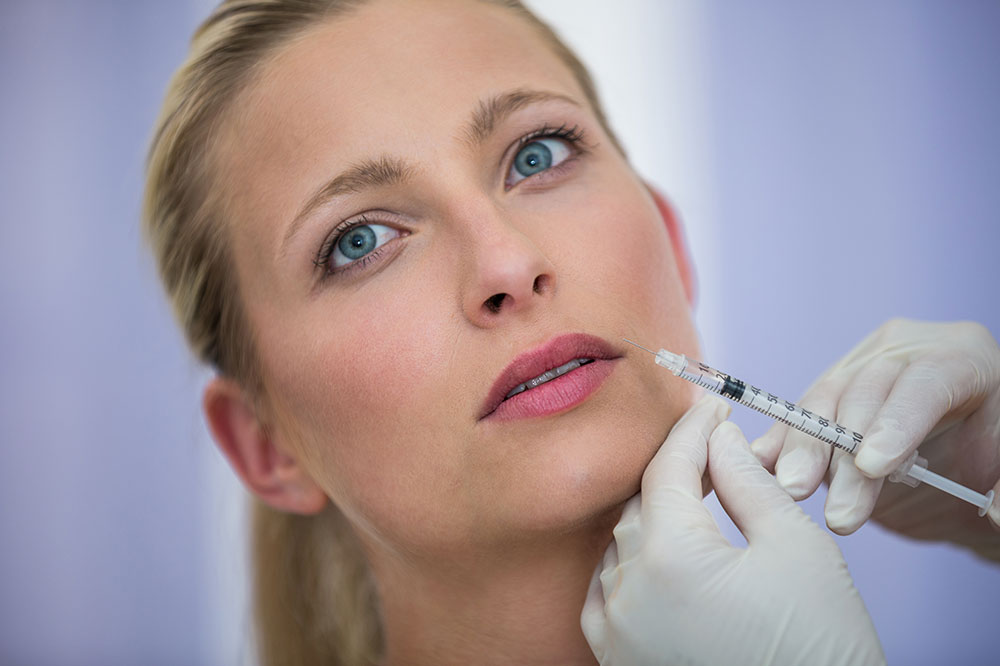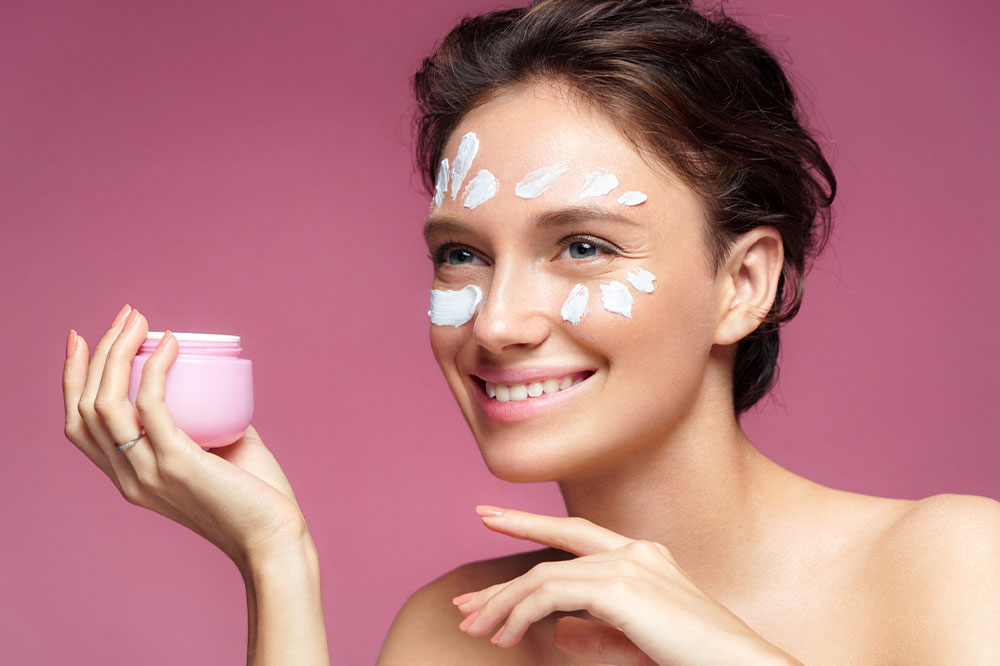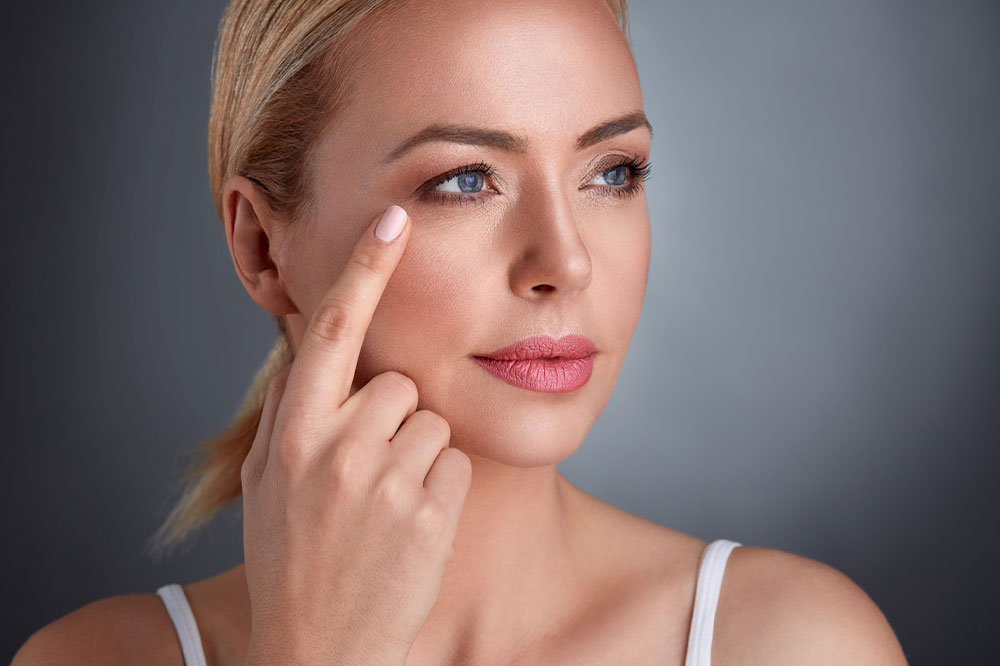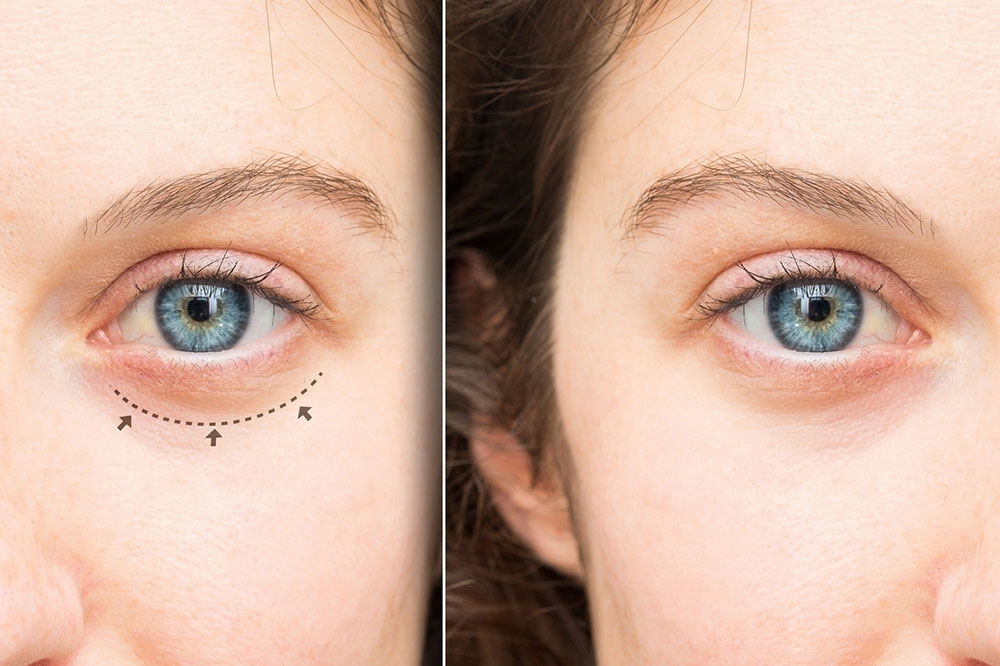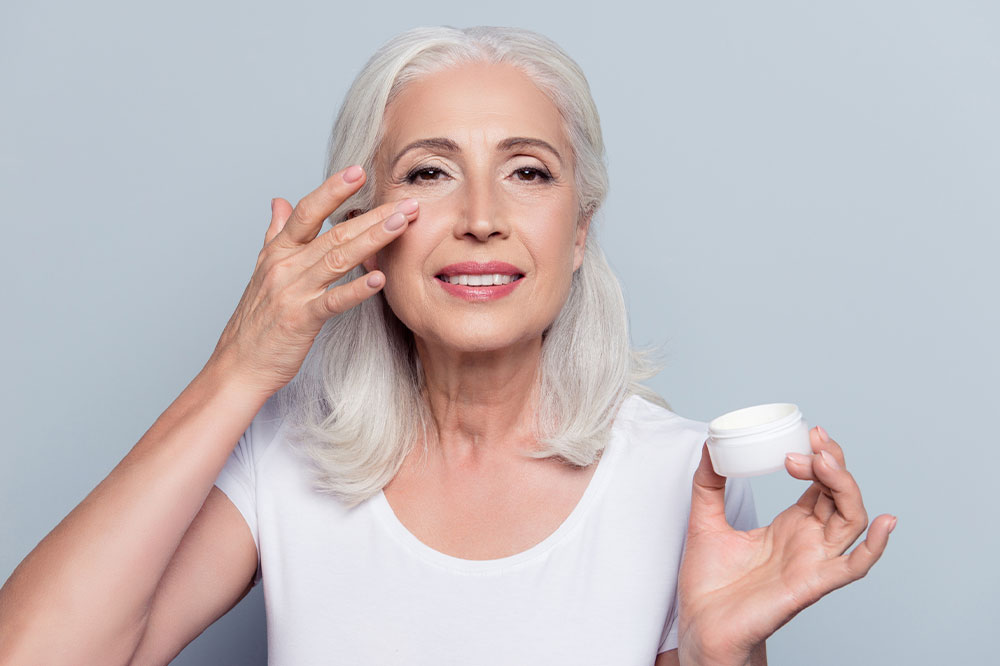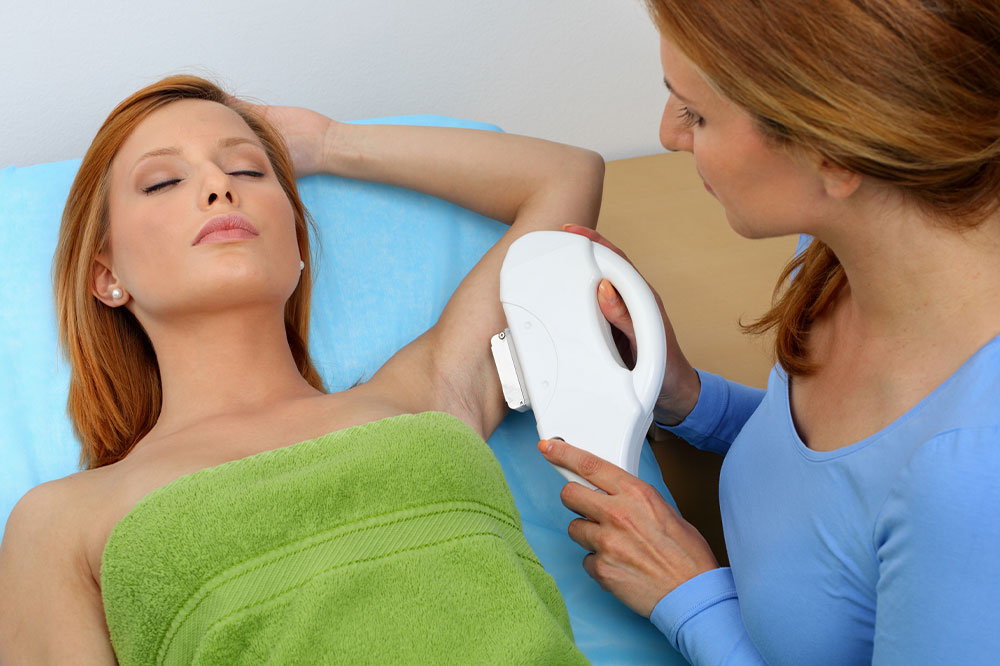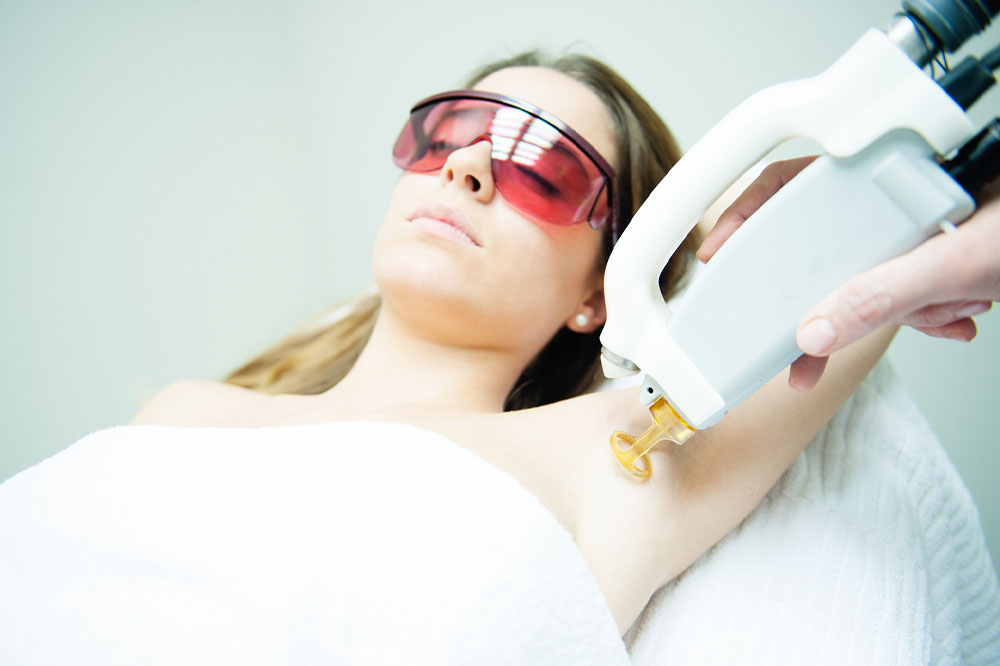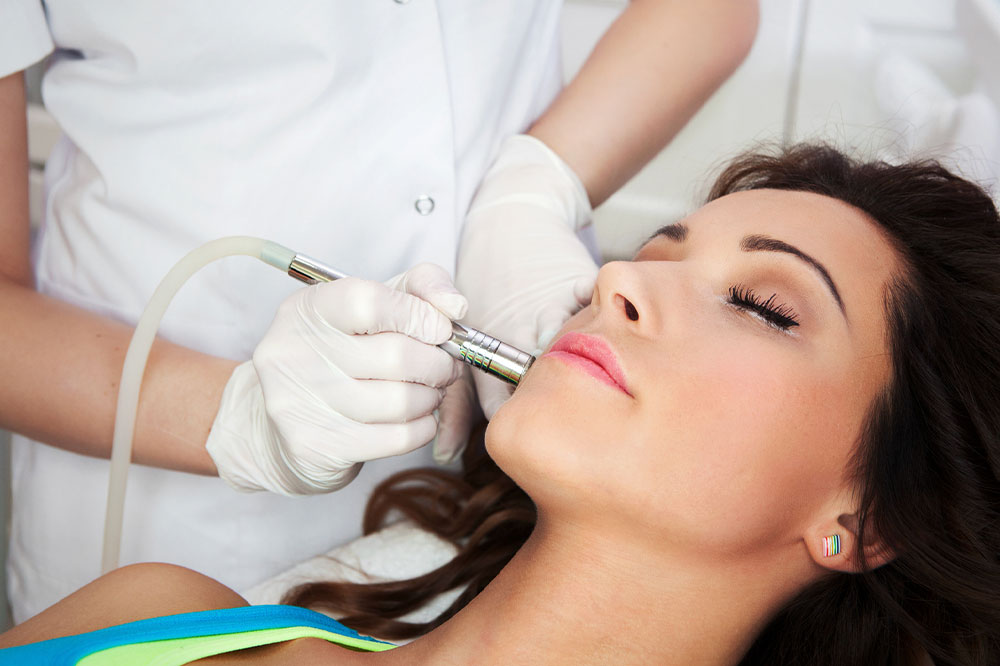Difference Between Botox and Juvéderm
With the aging process comes a boatload of physical changes like wrinkles, crow’s feet, and lines in the skin that are often unavoidable. There are creams and other cosmetics to reduce these visible aging signs. But today, people have resorted to solutions like Botox and Juvéderm, two popular non-invasive methods in cosmetic treatment. While the same company manufactures them, both have varied purposes for signs of aging. Here are insights on both to help individuals make the right choice. Understanding Botox and Juvéderm The first step in choosing between Botox and Juvéderm is to understand each of their purposes. Botox contains a substance called botulinum toxin A. It is known to help relax the muscles and make them still in the face. The result? An individual’s skin appears smoother, while the wrinkles around the treated region are significantly less visible. This procedure is primarily preferred for its ability to reduce the appearance of wrinkles on the face. It may also be recommended to treat conditions like neck spasms (cervical dystonia), an overactive bladder, lazy eye, and excessive sweating (hyperhidrosis). While it may seem similar to Botox, Juvéderm serves a different purpose. Hyaluronic acid is an active ingredient found in the human body and stimulates the production of connective tissues, which can buff the skin (collagen).
Read More 